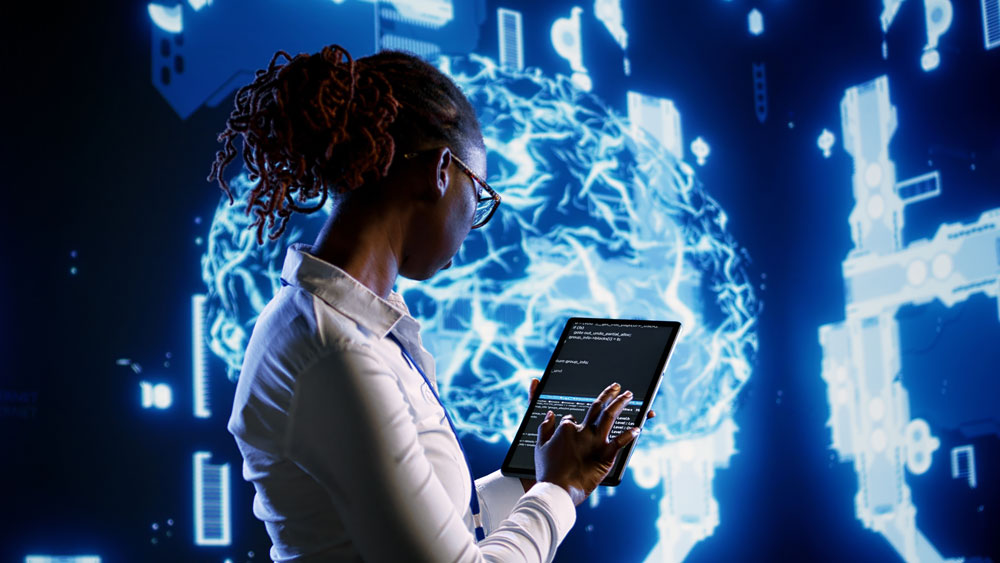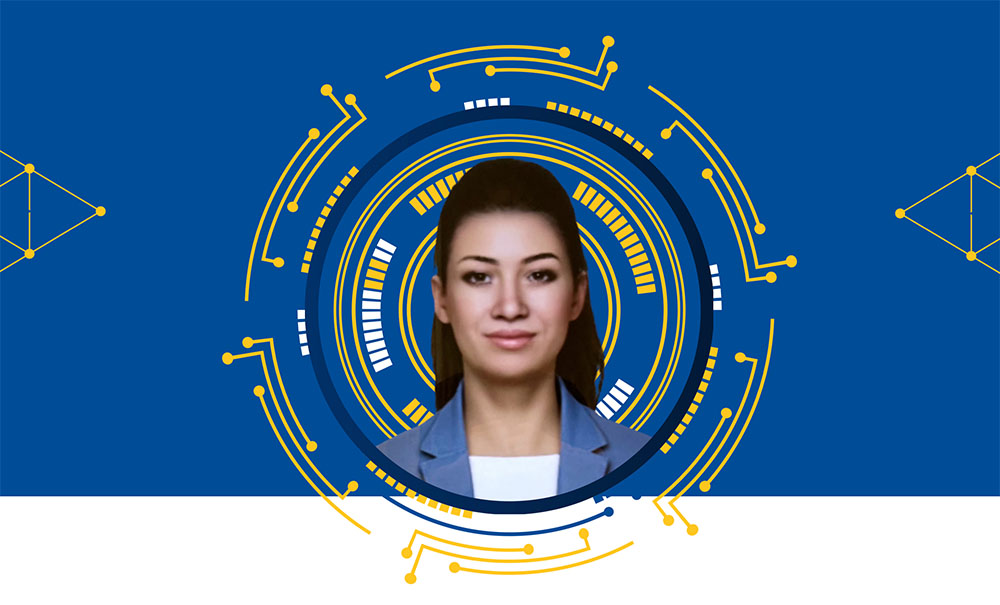
Artificial Intelligence
Artificial Intelligence (AI) is making big changes in education and job training. At San Jacinto College, we use AI to better support students and make work easier for teachers and staff.
What is Artificial Intelligence?
Artificial Intelligence
Difference between Artificial Intelligence and Machine Learning
Generative Artificial Intelligence is a part of Artificial Intelligence
Retrieval-Augmented Generation
Artificial Intelligence IN THE CLASSROOM

Our Belief in Artificial Intelligence Workforce Opportunities

Statewide Artificial Intelligence Core Elements Course
We are collaborating with the THECB Artificial Intelligence Project Advisory Group to create a course about AI that will be offered statewide to faculty, employees, and possibly students. The course will cover topics like ethics, proper use, basic prompts, and the benefits of artificial intelligence.

Integrating Artificial Intelligence classes within existing programs

Developing proposal for a certificate in Artificial Intelligence
AI at San Jac
- We started using artificial intelligence by working with IBM to create a Watson chatbot called Ask Jac on the sanjac.edu website.
- The chatbot helps students 24/7 by giving information about degrees, programs, financial aid, advisory services, and registration.
- This initiative supports the College's digital student support strategy, using design thinking and student journey mapping.
- Immediate adoption: more than 15,000 students used it, making it an important tool during the pandemic.
- We added secure identity management (IAM) so students can access their data safely.
- We also added a NICE chatbot for live advising.
- We used Watson Discovery to create an AI-powered knowledge base.
*Note: We did not include multi-lingual features because they did not meet expectations.
- We're working with IBM to add Watson X's advanced generative artificial intelligence (GenAI) features.
- We expect this will make the chatbot more useful and attract a wider audience.
- Our goals include better conversational interactions and support for multiple languages.
Pilot Projects
We are testing Generative Artificial Intelligence (GenAI) projects to see how they can be used in real life. We want to figure out what resources we need, create AI policies, and plan for future investments.

Enhanced Student Services and Tutoring with Multilingual Digital Avatars
We're working with Dell and Uniqee to test a multilingual digital human avatar named Jaci. This new avatar could replace the chatbot on our website. Jaci is showcased on big interactive screens at each campus.
We're looking at how it can help, like giving interactive tutoring and better on-site student support. To get our community involved, we're holding brown bag sessions with CIT students to show and talk about this technology.

Testing Microsoft CoPilot: Artificial Intelligence Tools for Productivity
Microsoft CoPilot is being tested to replace many ChatGPT uses. It's a productivity tool that helps with tasks like creating content and visualizing data. The pilot group includes teachers, administrators, and staff from different areas.
CoPilot is part of Microsoft’s 365 products, working in tools like Exchange, Teams, Word, Excel, and PowerPoint.

Improved Access to Information with Generative Artificial Intelligence
Generative artificial intelligence is helping faculty and staff access information more efficiently, which is improving student outcomes and employee productivity. This includes:
- Using the College's ImprovE database with generative artificial intelligence to give specific actions and proven solutions for better results.
- Improving access to internal communications, calendars, directories, policies, procedures, and forms to boost employee knowledge and productivity.
- Creating an internal AI persona to help leaders, faculty, and staff learn about the College's accreditation requirements and get their questions answered.
Opportunities and Challenges
- Risk of unauthorized faculty content use in large language models
- Ongoing updates to policies for artificial intelligence and data privacy
- Focus on consent and ownership of AI-generated content
- Improved plagiarism detection
- Current limitations in AI detection accuracy
- Faculty working together to evaluate results
- Automating routine tasks
- Creating personalized learning experiences
- AI-powered tutoring systems
- Integrating with learning management systems
- Possible decrease in human interaction
- Effects on critical thinking development
- Need for balanced implementation
- High licensing costs
- Data privacy and intellectual property worries
